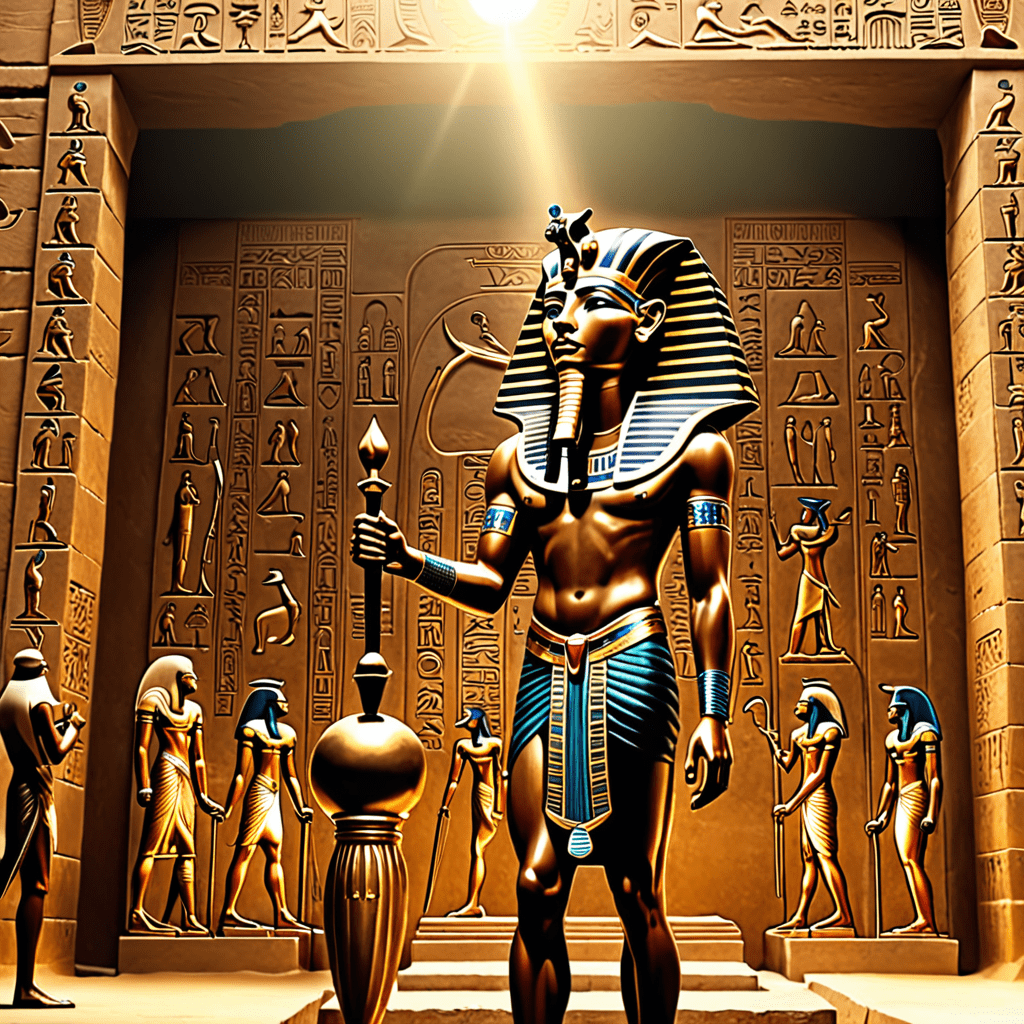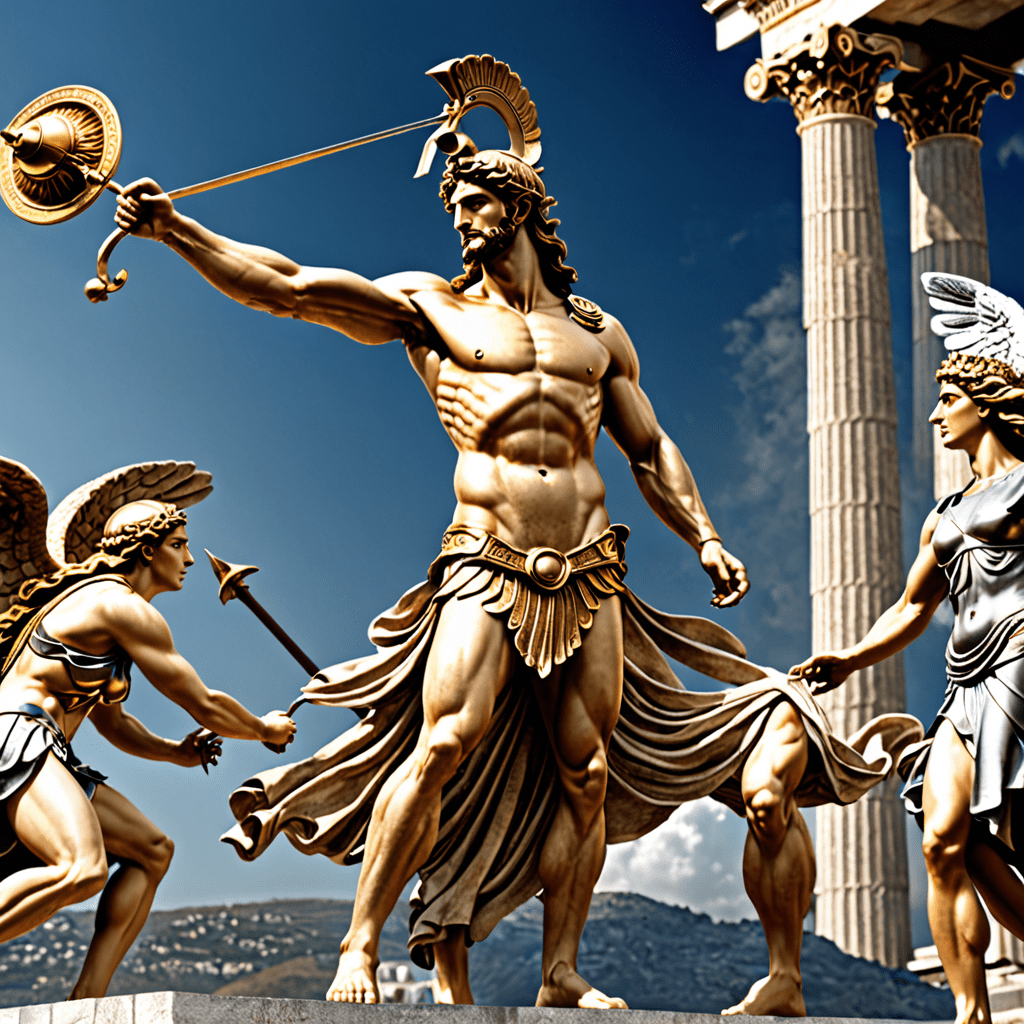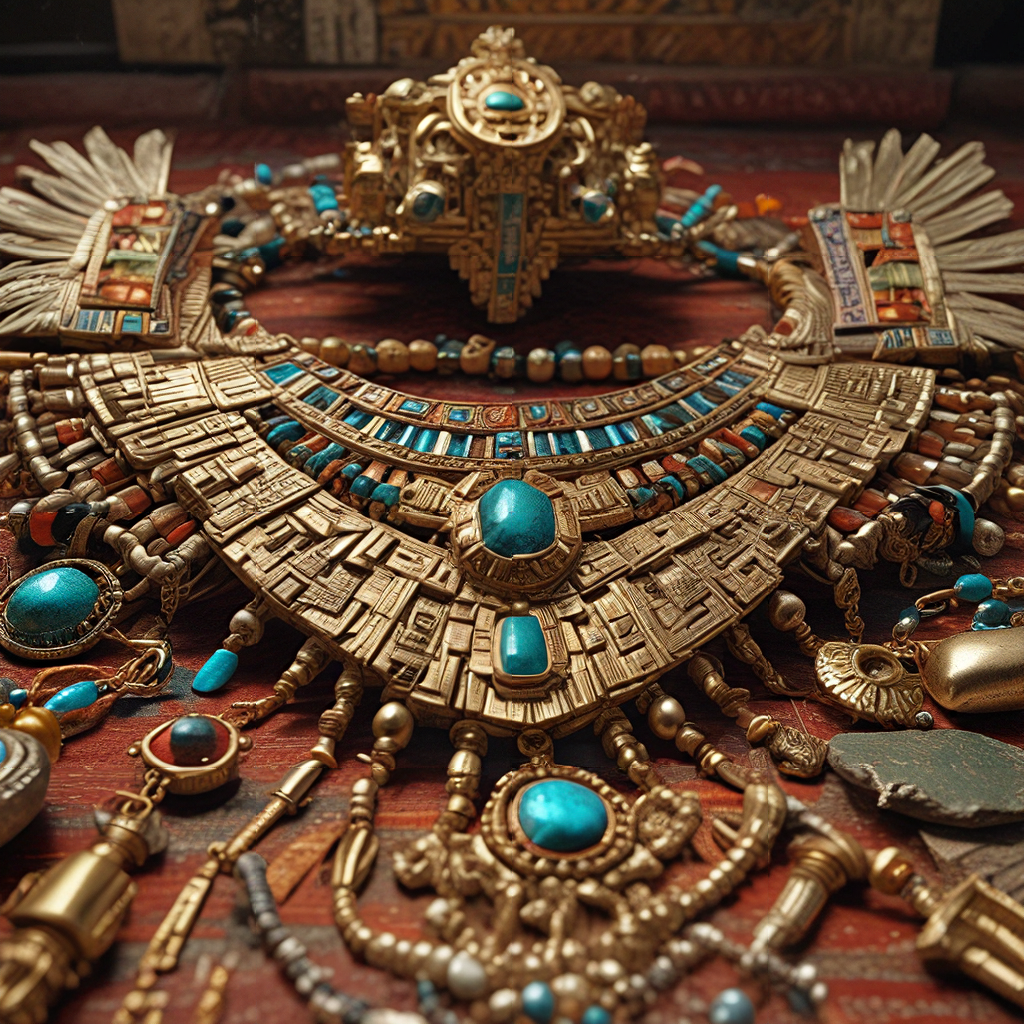The Enchanted Cloak: Myths of Disguise and Deception
I. Introduction to the Enchanted Cloak
The concept of the enchanted cloak has long been a fascinating element of folklore, representing not only physical clothing but also deep-rooted themes of disguise and deception. Throughout history, cloaks have been imbued with magical properties, allowing individuals to assume different identities or become invisible. This article explores the significance of enchanted cloaks in mythology and their broader implications in human culture.
Disguise and deception are recurring themes in many myths and legends. They reflect humanity’s complex relationship with identity, power, and the unseen forces that shape our lives. The purpose of this article is to delve into the historical origins, iconic representations, and cultural symbolism of the enchanted cloak.
II. Historical Origins of Disguise in Mythology
Disguises have played a pivotal role in mythology since ancient times. The enchantment of cloaks can be traced back to early texts that highlight their transformative abilities.
- A. Early examples of cloaks in ancient texts: In various ancient cultures, cloaks were often depicted as tools for deception. For instance, the Greek hero Odysseus used disguises to navigate challenges in Homer’s “Odyssey.”
- B. Cultural variations of disguise across civilizations: Different civilizations have portrayed cloaks in unique ways. In Hindu mythology, the god Krishna often assumes different forms, sometimes depicted with a cloak, to deceive his adversaries.
- C. The role of deception in mythic storytelling: Disguise serves as a narrative device that allows characters to explore themes of identity, morality, and the duality of human nature.
III. Iconic Myths Featuring Enchanted Cloaks
Many myths from diverse cultures feature enchanted cloaks that grant powers of invisibility or transformation.
- A. Greek mythology: Hermes and the Cloak of Invisibility: Hermes, the messenger god, is often depicted with a magical cloak that allows him to move unseen, embodying the themes of speed and cunning.
- B. Norse mythology: The Cloak of Freyja: Freyja, the goddess of love and war, possesses a cloak made of falcon feathers that grants her the ability to fly, symbolizing freedom and transformation.
- C. Celtic legends: The Cloak of Shadows: In Celtic folklore, cloaks often have the power to obscure the wearer from enemies, highlighting the connection between protection and deception.
IV. The Symbolism of the Cloak in Different Cultures
The cloak serves as a powerful symbol across various cultures, embodying different meanings and significances.
- A. Power and protection in various traditions: In many societies, wearing a cloak signifies authority and protection, often associated with royalty or divine beings.
- B. The cloak as a symbol of transformation: The act of donning a cloak can represent personal transformation, allowing individuals to step into new roles or identities.
- C. Gender and identity: the cloak’s role in societal norms: Cloaks have historically been used to challenge or reinforce gender norms, reflecting societal values regarding identity and presentation.
V. Modern Adaptations of the Enchanted Cloak
The enchanted cloak continues to find relevance in contemporary literature, film, and video games.
- A. Literature: The Cloak in contemporary fantasy novels: Modern fantasy authors often incorporate cloaks with magical properties, drawing inspiration from historical myths while creating new narratives.
- B. Film and television: Iconic representations of cloaks: Movies such as “Harry Potter” and “The Lord of the Rings” showcase cloaks that grant invisibility, further cementing their place in popular culture.
- C. Video games: Interactive experiences with disguises: Many video games feature cloaks as items that players can use to become stealthy or to transform their character’s identity.
VI. Psychological Aspects of Disguise and Deception
The allure of disguise taps into fundamental psychological themes that resonate with human behavior.
- A. The allure of anonymity and its impact on behavior: Anonymity can lead to a sense of freedom, allowing individuals to express themselves without fear of judgment.
- B. The psychology behind deception in myths: Myths often illustrate how deception can be both a tool for survival and a means of moral questioning.
- C. How cloaks symbolize hidden truths and identities: Cloaks can represent the hidden aspects of a person’s identity, suggesting that there is more beneath the surface.
VII. The Role of Enchanted Cloaks in Folklore and Fairy Tales
Folklore and fairy tales frequently incorporate cloaks, weaving them into moral lessons and societal reflections.
- A. Notable fairy tales featuring cloaks (e.g., “Little Red Riding Hood”): In “Little Red Riding Hood,” the cloak symbolizes innocence and the dangers of deception.
- B. The moral lessons embedded in these stories: Many tales use cloaks to teach lessons about trust, identity, and the consequences of disguise.
- C. How these tales reflect societal fears and desires: The use of cloaks in stories often mirrors cultural anxieties about identity, safety, and morality.
VIII. Comparative Analysis: Cloaks vs. Other Forms of Disguise
While cloaks are prominent in myths, other forms of disguise also hold significance.
- A. Masks, potions, and spells in mythological contexts: Masks and potions provide alternative means of disguise, each with unique implications for identity and transformation.
- B. The unique properties of cloaks in contrast to other disguises: Cloaks often provide physical concealment, while masks and potions can alter perception and reality.
- C. The enduring appeal of the cloak in modern storytelling: The cloak’s versatility and symbolic depth ensure its continued presence in narratives across media.
IX. The Cloak in Contemporary Society
In today’s society, cloaks have taken on new meanings, transcending their traditional roles.
- A. Fashion and the symbolic use of cloaks today: Cloaks are often seen in fashion as symbols of elegance and mystery, influencing modern design.
- B. The metaphorical use of cloaks in digital identities: In the digital age, cloaks symbolize the layers of identity people navigate online, often obscuring their true selves.
- C. The future of the enchanted cloak in storytelling: As society evolves, so too will the narratives surrounding enchanted cloaks, continuing to reflect our collective experiences and aspirations.
In conclusion, the enchanted cloak remains a potent symbol of disguise and deception across cultures and time periods. Its storied past and multifaceted meanings offer a rich tapestry for exploration, reflecting our ever-evolving understanding of identity and transformation.



